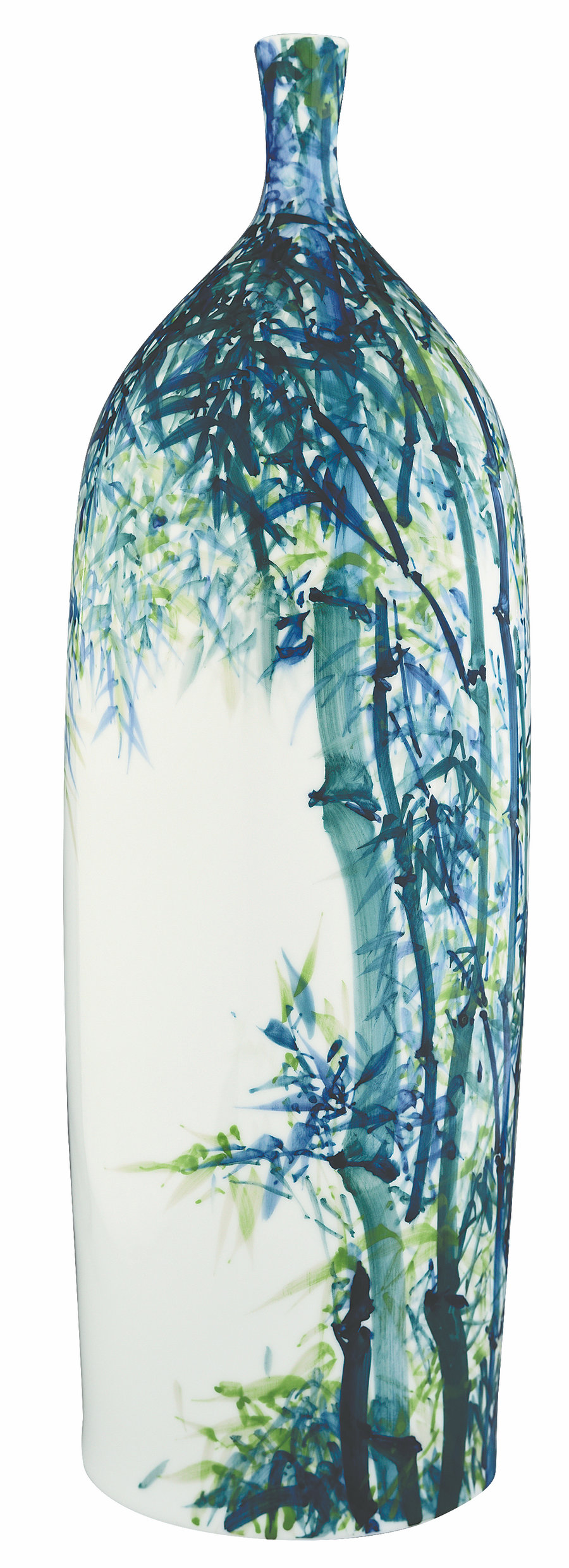

The eureka moment hit her the instant she saw the masterpieces by Claude Monet — the "Father of the Impressionism Movement".
"I vividly remember standing in front of his 'water lily pond', fixated, overwhelmed, petrified, lost for words … with tears welled up in my eyes," Chai recalls, saying she'll never forget that euphoria of serendipity as if being able to bottle lightning.
"I felt as if an electric current passed through my body all the way to the top of my head, where a window was flung open to a new world," she says, describing the encounter as "life-changing". The glimmer of light and reflection of the sky flickering on the water, the serene crystalline water that extends to unperceivable borders, defined brilliantly by the gradation of light and shade captured by Monet from dusk to dawn, touched her soul.
"It dawned on me how potent an exact depiction of light and shadow could be to coax the idyll out of the painted landscape and trigger a visceral pleasure in viewers, which wasn't emphasized in early Chinese painting," says Chai. She explains that the idea of a light spectrum was on people's radars earlier in the West than in China.
"A viewer would expect to see the vein of mist shrouding a bamboo bush, catch a whiff of aroma from a teapot, feel the haze enveloping the rolling mountains. Such sensory pleasures have to be given weight in a painting in equal measure with the precise depiction of the objects."
Her mental block in art creation was solved by fusing the sophistication in Chinese realistic paintings with the prowess in Western impressionist style, highlighting the subtlety of light and shadow. "Yes, light and shadow," she accentuates.
"Well," says Chai, clapping her hands, "it's time to cut to the chase, talking about my porcelain painting!" Without understanding the genesis of eclecticism that oozes throughout her brushstrokes on paper, you would not be able to wrap your head around the ingenuity in her porcelain painting or "artistic porcelain" as she prefers to call it.